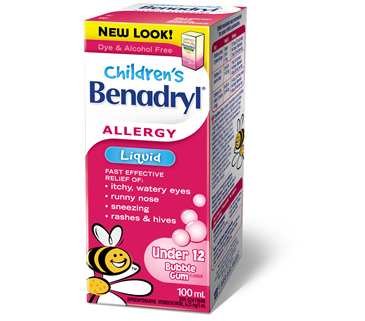Now, we NEVER advocate giving your pet a medication that is not known to be safe for ferrets, however there are certain medications that, if administered correctly - with the appropriate dosages - can be safely given to your pet to help them get over a particularly nasty flu or settle their tummy.
Medication NOT LABELED for ferret use but still safe for ferret use IN CERTAIN SITUATIONS ONLY include Pepcid AC (NOT chewables), Pepto Bismo (original - tablets are easier to disguise), and Pediatric Benadryl (alcohol free). BUT BE SURE TO CONSULT YOUR VET FIRST! Inappropriately given medications can aggravate a condition, or mask a problem making diagnosis more difficult and allowing the condition to get worse without anyone noticing.
_.jpg)
Pepto Bismo can be used in conjunction with certain medications to help relieve symptoms associated with heliobacteria infections and coccidea in some situations. It can also be used to help treat diarrhea in some cases.
Pepcid AC can be used as part of a supportive treatment regiment for ECE, to help settle tummies in ferrets with ulcers, and, in some instances, to help coat their ferret's tummies before administering medications such as prednisone.
Pediatric, alcohol free Benadryl has been reportedly used with success to help reduce some congestion in ferrets suffering from seasonal allergies (yes, some do have allergies), bad cases of the flu and even to help reduce risk of a vaccine reaction (some experts claim that administering Benadryl 30 minutes prior to vaccination can prevent an allergic reaction to the Canine Distemper vaccine. This claim has not been verified by substantive veterinary research).
Now that we've covered some basic medications and their uses, how do you figure out the dose?
There are some rough guidelines from other ferret owners who had used and had success with these medications, or whose vet recommended a certain dose for their ferret. Their directions may be something such as 1/15th of a Pepto Bismo tablet, 1 (non chewable) Pepcid AC (10 mg) tablet crushed and dissolved into 10cc of water (shake well before using) and giving 0.25 per kg, or 0.25 - 0.5cc of Pediatric Benadryl.
Well, fortunately, most bottles have a recommended dosage for medicating. Unfortunately, these dosages are not generally calibrated for your ferret... LUCKILY ferretrealm as posted information about how to calculate dosage to ensure that you are giving your pet the appropriate amount of medication! Click to take you to the page.
Ibuprofen, Advil and Tylenol, like most human medications, should NEVER be given to a ferret UNDER ANY CIRCUMSTANCES as they are HIGHLY TOXIC TO THE ANIMALS. If your pet is in pain, or ill, CONSULT A VET as your vet will have some ferret- safe pain relief, or may be able to prescribe an over the counter or off the shelf SAFE alternative. If your animal requires assistance and you cannot afford a vet, take your pet to the nearest rescue - their life, health and well being is worth it.






